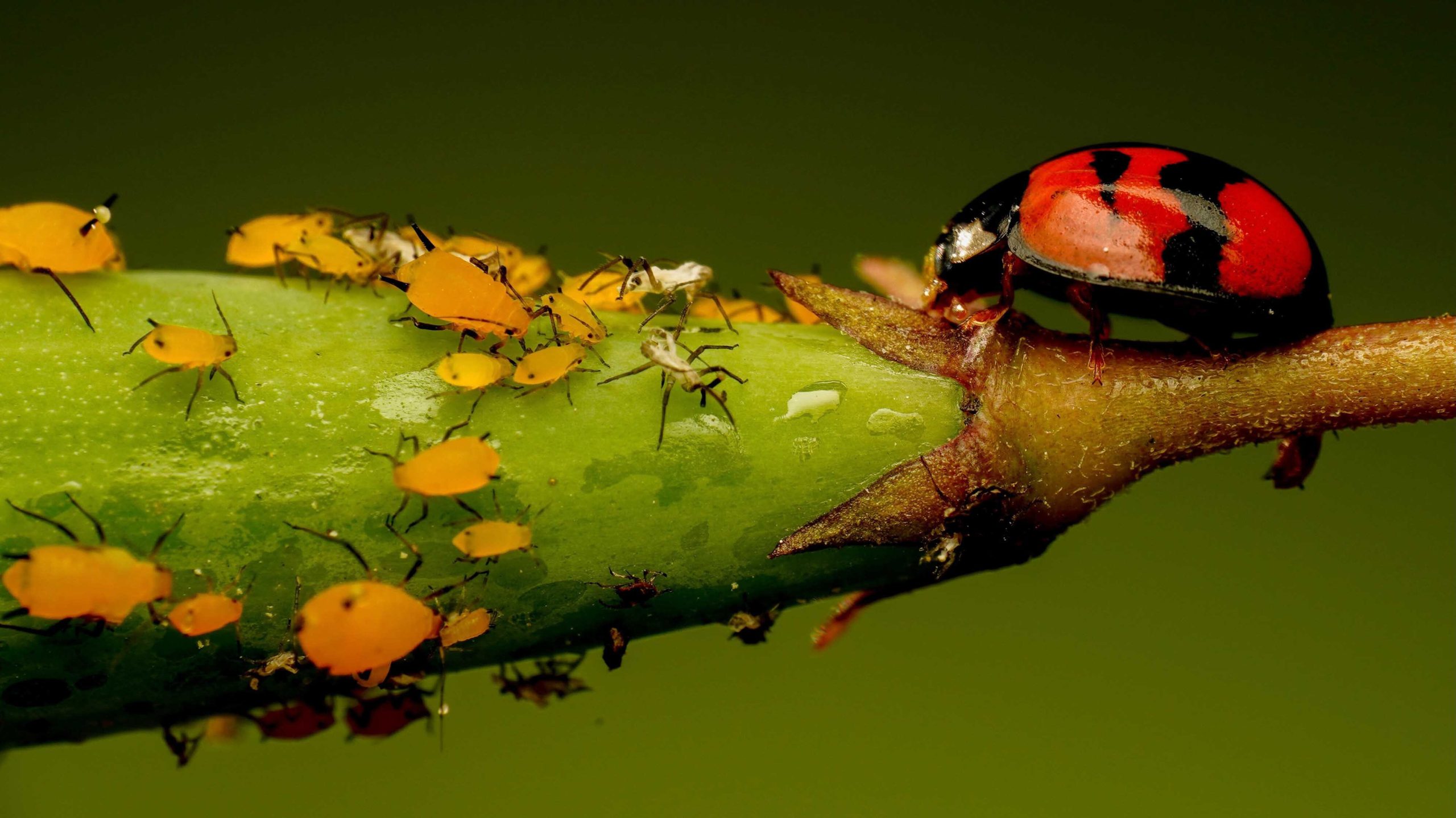Vegetable Insecticide Based on Silica Nanoparticle Carrier
Usage of vegetable insecticide against aphids have increased over the years despite increasing pesticide resistance. Farmers have used conventional pesticide formulations against aphids for decades to protect economically important crops. Acetamiprid (Ace), is one of the common neonicotinoid insecticide, to control aphids. It is commercially available as wettable powders and water-dispersible granules. However, excessive use of Ace leaves residues that carry side-effects. Hence, the target delivery of Ace is vital to avoid unintended side effects to farming ecosystem. As a solution, a group of scientists have invented Ace@MSN-SS-C10 (AceNano formulation), a revolutionary nanopesticide formulation to fight against harmful bugs.
Role of Mesoporous Silica Nanoparticles (MSN)
Mesoporous nanoparticles are tiny particles, smaller than bacteria, containing nano sized holes on the surface. Due to the smaller sizes, silica nanoparticles have a high surface area. These holes/pores further increase the surface area of the nanoparticle. High surface area leads to increased absorption of the acetamiprid (Ace) on the surface retaining them to to release at a later stage.
Precision Strike Strategy Against Pesky Aphids
After filling Acetamiprid (Ace) into nanoparticles, they are coated with Decanethiol, a gatekeeping material. These gatekeepers gets opened only when these particles come to contact with aphids. Shells of aphids have a compound named Glutathione (GSH) which reacts with Decanethiol and release Ace. This special chemical reaction falls under the category of redox reactions. The AceNano formulation
Future-Proof Vegetable Insecticide
A sustainable approach such as the one outlined above will produce long-term benefits.
- Reduced Chemical Footprint: AceNano formulation requires significantly less Ace compared to traditional methods, minimizing exposure to plants, vegetables, soil, and humans.
- Precision Targeting: The GSH trigger mechanism restricts Ace release to pest zones, safeguarding beneficial insects and the environment.
- Long-lasting Protection: The controlled release extends Ace’s active life, offering sustained pest control.
- Plant-Friendly Design: AceNano readily adheres to leaves, weathering rain and resisting washing, preventing repeat infestations.
Exciting Future for Nano agriculture
Research on Ace@MSN-SS-C10 paints a bright picture:
- The system effectively eliminated nearly all aphids, both adults and juveniles, using considerably less Ace than conventional methods.
- Plant residue levels were significantly lower with the new system, thanks to its targeted delivery.
- The nanoparticles themselves pose no threat to plant or environmental health.
This is just the beginning of a thrilling new chapter in pest control. Ongoing research aims to refine the system and explore its potential against other pests. Soon, Ace@MSN-SS-C10 could be the key to unlocking a future where abundant harvests flourish alongside a healthy planet.
Sources : https://doi.org/10.1016/j.scitotenv.2022.160900


Leave a Reply